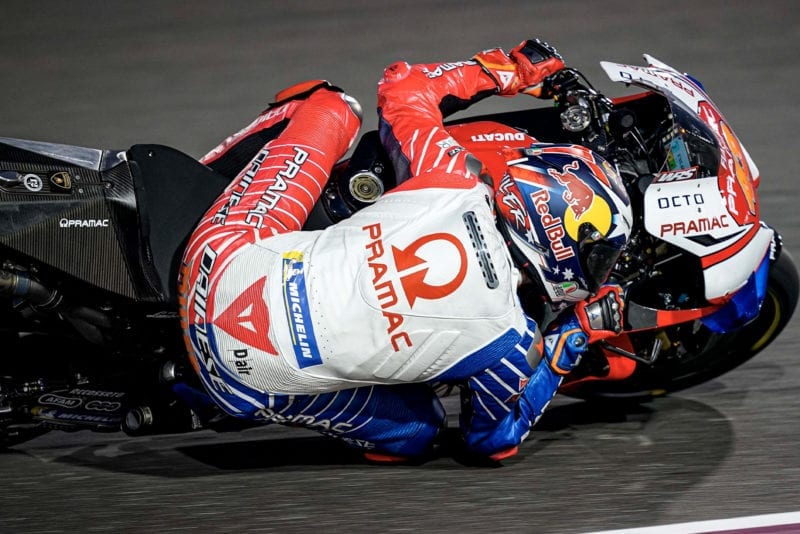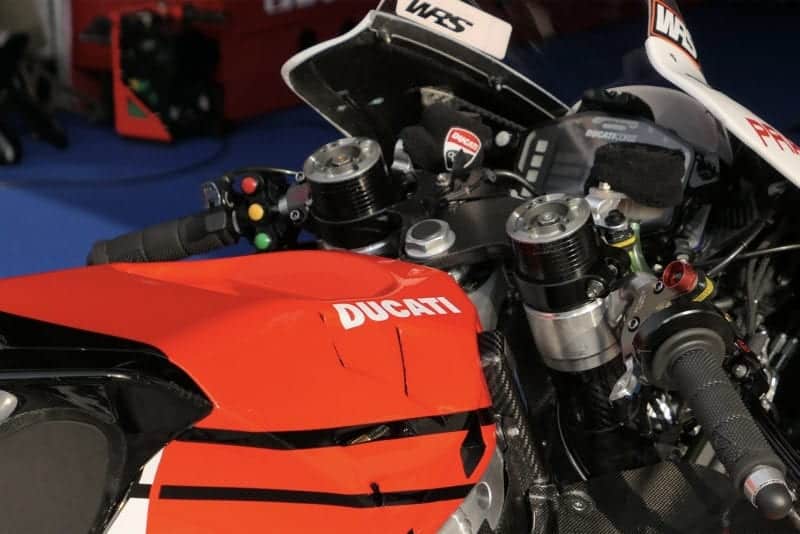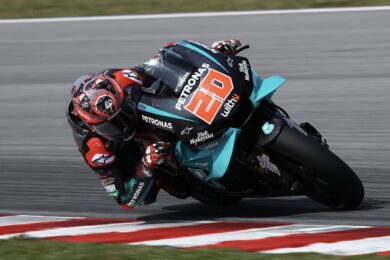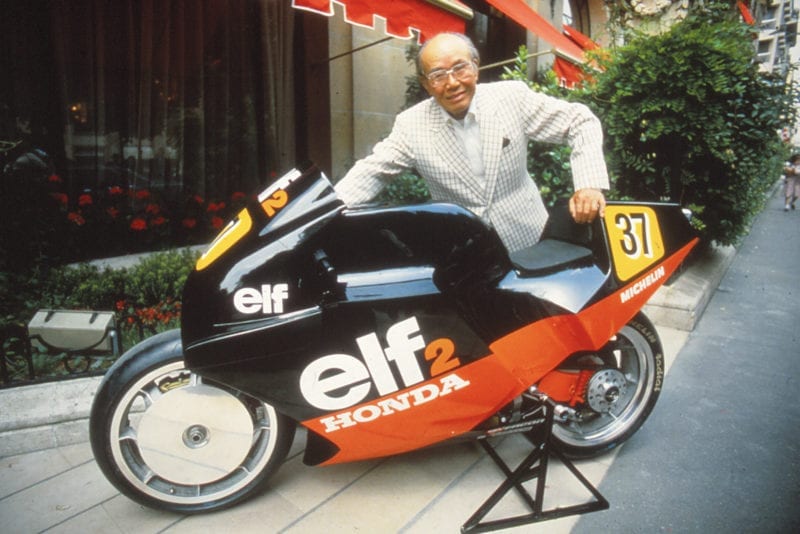The shapeshifter essentially does the same job as wings. It reduces wheelies physically, so that the (now very basic) anti-wheelie program doesn’t need to cut in, because when it does it closes the throttle butterflies to reduce torque delivery to the rear wheel, which hurts acceleration.
Electronically assisted MotoGP suspension and ride-height adjusters were banned in 2010, so the shapeshifter is cable and hydraulically operated via an auxiliary hydraulic unit working in parallel with the shock. When the rider flicks the switch the auxiliary device compresses the shock.
The shapeshifter may also have another application (about which Ducati must’ve forgotten to tell us) which might be even more important than the factory’s claimed use for the contraption.
Moving aerodynamic devices – which increase downforce through the corners and reduce downforce on the straights – are banned from MotoGP. But there’s no rule that prohibits adjusting the attitude of the entire motorcycle to lower the bike by a few millimetres and change the aero angle by a few degrees to increase top speed. Might this account for Ducati’s impressive top-speed increase, from 351.6kph/218.4mph at last year’s Qatar GP to 355.2kph/220.6mph during the tests?
Ducati’s ingenuity and keenness to read MotoGP’s rulebook so aggressively is impressive, but will there be protests if rival manufacturers decide that aero adjustment is indeed a motive behind the device?
The Ducati shapeshifter may be new, but engineers have been wrestling with the compromises inherent in conventional motorcycle chassis for decades.





